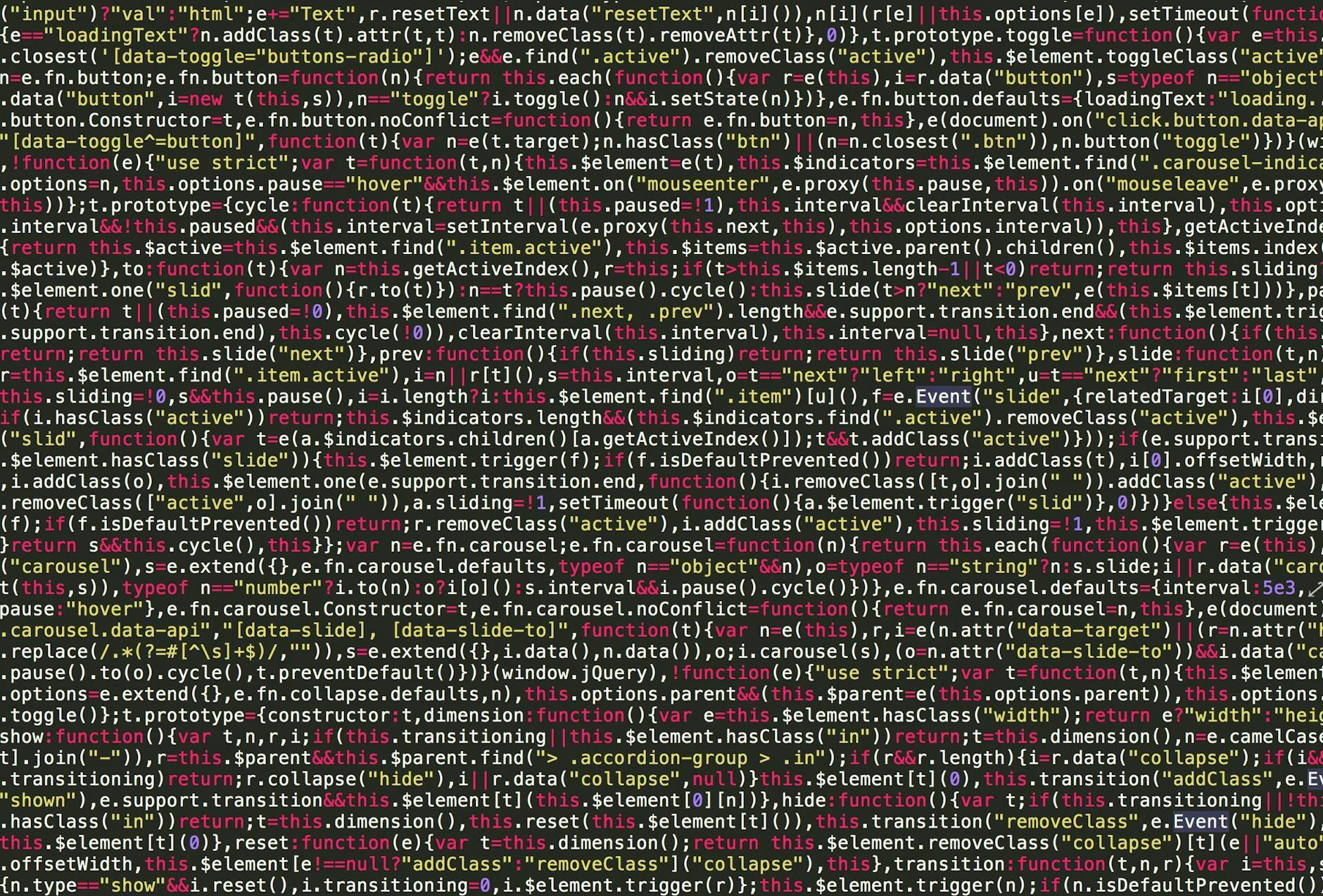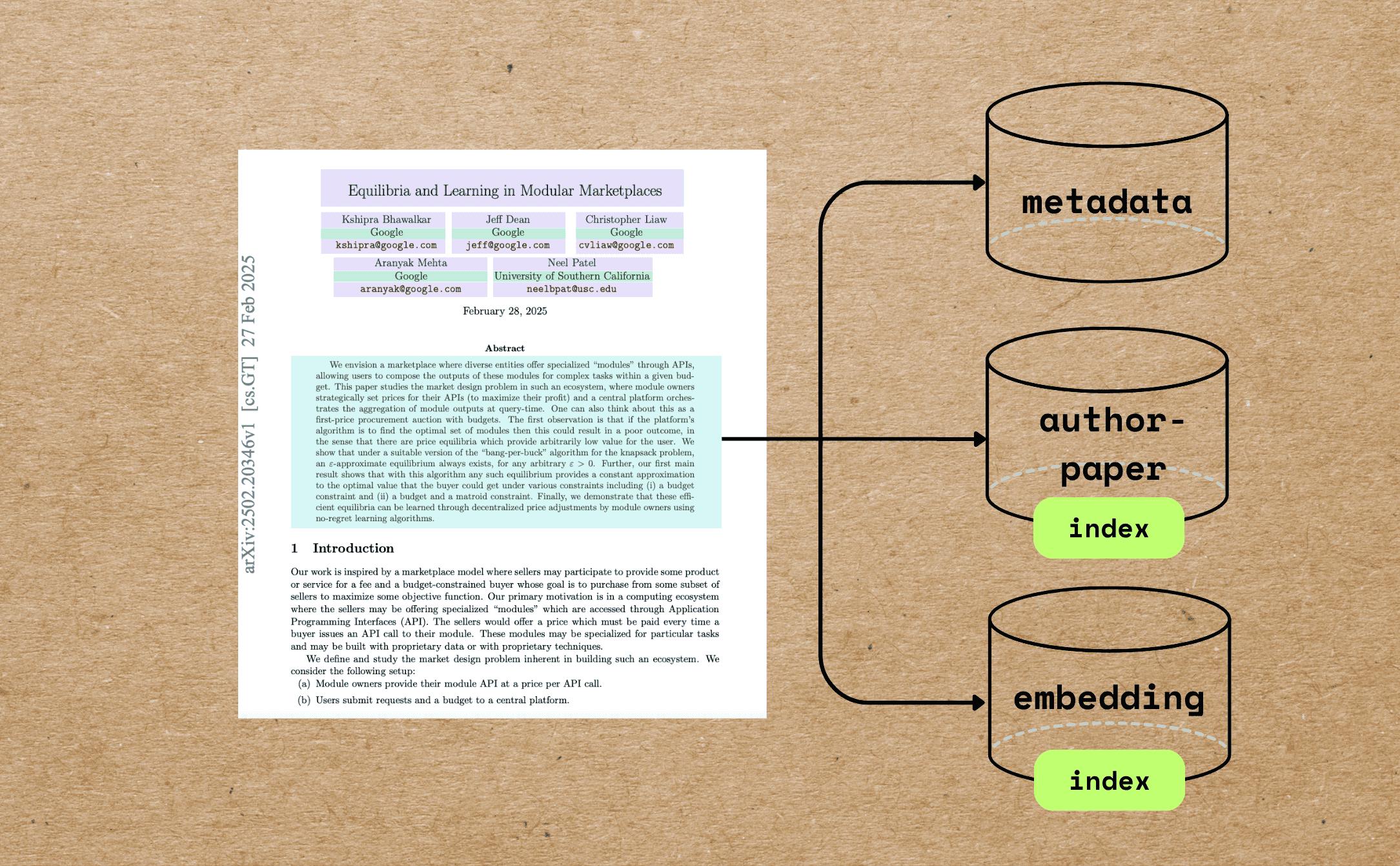React is often praised for being “declarative,” “efficient,” and “component-based.” But those words don’t mean much when you’re stuck wondering why your component re-renders every time you click a button.
So let’s break it down—without the buzzwords.
This post will help you understand:
- What triggers a re-render
- Why re-renders matter
- How to avoid unnecessary ones
- When to stop worrying and just build
Let’s start from the beginning.
What is a “Render” in React?
When we say React renders a component, it simply means:
React runs your component’s function to figure out what it should look like on the screen.
That’s it. Nothing magical.
If you have this component:
function Greeting() {
return <h1>Hello, world!</h1>;
}
React “renders” it by calling Greeting() and putting <h1>Hello, world!</h1> into the DOM.
What Triggers a Re-render?
A component re-renders when:
- Its state changes (via
useState) - Its props change (data passed from the parent)
- Its parent re-renders
Let’s look at each.
1. Re-render from State Change
function Counter() {
const [count, setCount] = React.useState(0);
return (
<div>
<p>You clicked {count} times</p>
<button onClick={() => setCount(count + 1)}>Click me</button>
</div>
);
}
Every time you click the button, setCount updates the state, so React calls Counter() again to get the latest UI.
2. Re-render from Prop Change
function Greeting({ name }) {
return <h1>Hello, {name}!</h1>;
}
function App() {
const [name, setName] = React.useState("Alice");
return (
<div>
<Greeting name={name} />
<button onClick={() => setName("Bob")}>Change Name</button>
</div>
);
}
When you change the name from “Alice” to “Bob”, Greeting re-renders—because the name prop changed.
3. Re-render from Parent Re-rendering
Even if a child’s props didn’t change, it may still re-render if the parent re-renders.
function Child() {
console.log("Child rendered");
return <p>Child</p>;
}
function Parent() {
const [count, setCount] = React.useState(0);
return (
<div>
<Child />
<button onClick={() => setCount(count + 1)}>Click</button>
</div>
);
}
Even though Child has no props or state, it still logs “Child rendered” every time you click—because its parent re-rendered.
Why Does This Matter?
Re-renders aren’t bad.
React is fast. You usually don’t need to worry.
But in bigger apps, unnecessary re-renders can:
- Slow things down
- Trigger flickers
- Waste memory
So it’s good to know how to avoid them when they actually cause problems.
How to Avoid Unnecessary Re-renders
✅ Use React.memo to Skip Renders
Wrap a component with React.memo() so it only re-renders if props change.
const Greeting = React.memo(function Greeting({ name }) {
console.log("Greeting rendered");
return <h1>Hello, {name}</h1>;
});
Now, Greeting will only re-render if the name prop changes.
Perfect when:
- The component is pure (no side effects)
- You’re passing the same props repeatedly
✅ Use useCallback to Avoid Changing Functions
React sees a new function as a new prop—even if it does the same thing.
function Parent() {
const [count, setCount] = React.useState(0);
const handleClick = () => {
console.log("Clicked");
};
return <Child onClick={handleClick} />;
}
This will cause Child to re-render every time—even if nothing else changes—because handleClick is a new function on every render.
Fix it with useCallback:
const handleClick = React.useCallback(() => {
console.log("Clicked");
}, []);
Now React can compare and see it’s the same function each time.
✅ Use useMemo to Avoid Recalculating Stuff
If you’re doing expensive calculations in a component, wrap them in useMemo.
const result = React.useMemo(() => {
return slowFunction(input);
}, [input]);
This way, slowFunction only runs when input changes—not on every render.
When Should You Care About Re-renders?
Let’s be honest: Most of the time, you shouldn’t.
Don’t optimize re-renders if:
- The app is fast
- The UI is smooth
- You’re not debugging flickers or lag
But start caring when:
- You see visual glitches (like flashing)
- You’re rendering lists with 100+ items
- You need pixel-perfect performance
Common Misconceptions
❌ “React will re-render the entire app!”
Not true. React is smart. It re-renders the components that need it, and it updates only the DOM elements that changed.
❌ “All re-renders are bad!”
Nope. Re-rendering is how React works. Trying to avoid every re-render is a waste of energy.
Focus on avoiding the wasteful ones.
Final Thought: Focus on Clarity First
It’s easy to get stuck chasing optimization before you’ve shipped anything.
Here’s a better rule:
Build first. Make it work. Then, if it feels slow—measure and improve.
That’s how you grow as a React developer.
TL;DR
- React renders by calling your components to get updated UI
- State, props, or parent changes trigger re-renders
- Re-renders aren’t bad, but avoid unnecessary ones in large apps
- Use
React.memo,useCallback, anduseMemowhen needed - Don’t stress about it unless your app feels slow











